Property in the suburbs - Size matters - Part 1
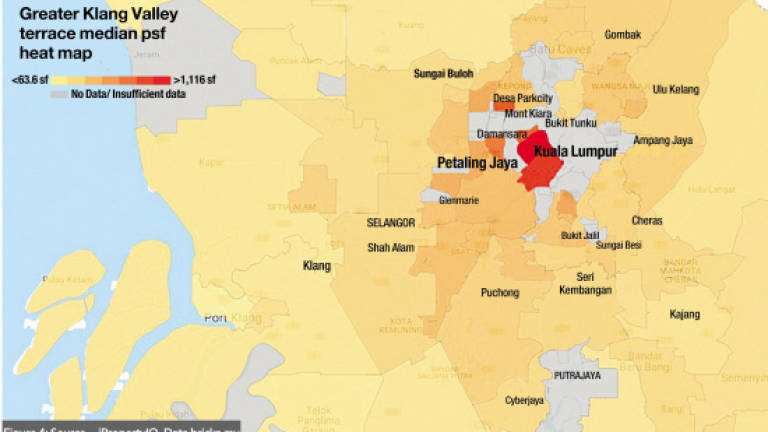
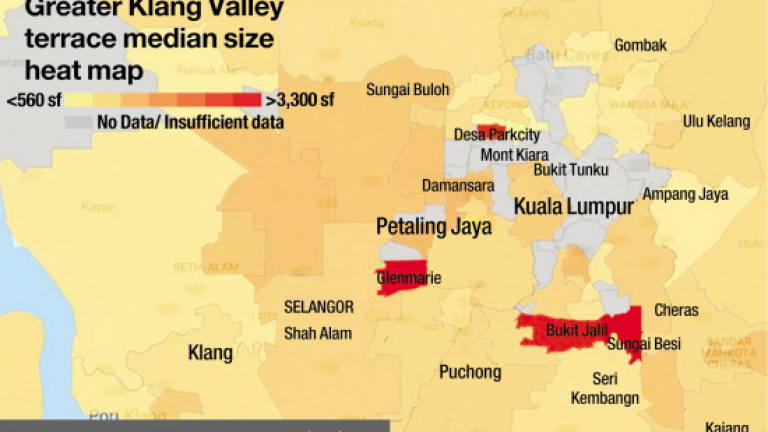
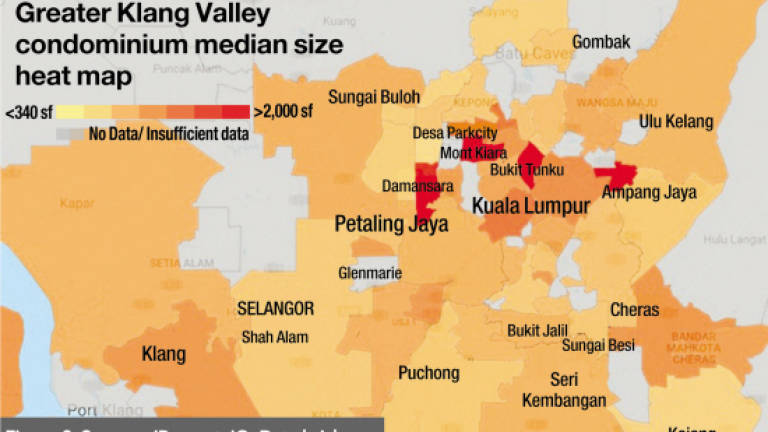
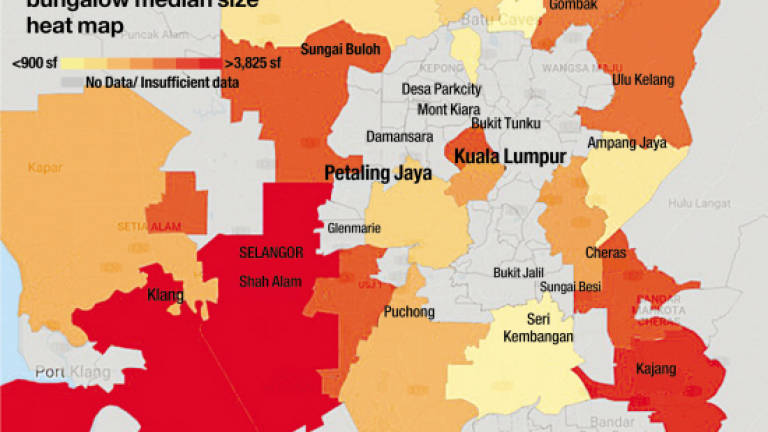
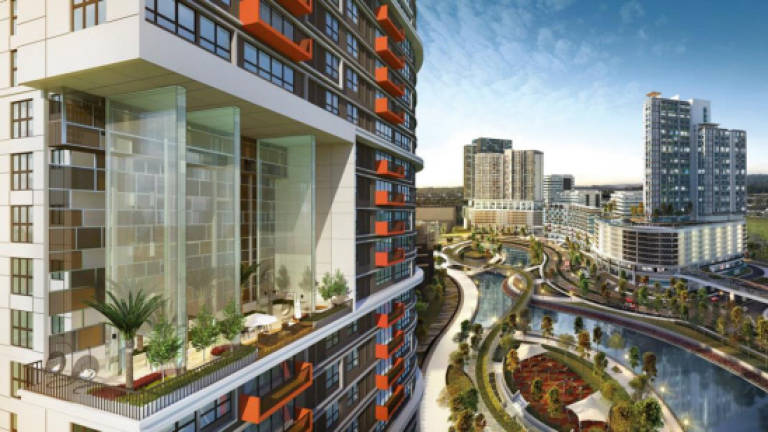
LIVING in bustling cities that present tons of opportunities may seem the perfect environment for busy millennials focused on climbing up the corporate ladder, those pursuing to build a worthy career, as well as professionals already living out their successful lifestyles and pursuits. These goals and ideals have indeed attracted a massive influx into the urban regions and metropolitan cities, thus, driving property prices skywards and in many capitals, making land scarce. However, there was talk that people were more interested in improving lifestyles and moving to suburbs and rural areas where “the idea was” – bigger property, more spacious living areas and cheaper real estate.
With that, Tennsui Khow from iProperty data services decided to examine stats and figures to receive insight. Apparently, the statistics department recorded the highest net outflow of migrants in 2015, amounting to 32.3k, from Kuala Lumpur, while the largest net inflow of migrants in 2015 was in Selangor, amounting to 22.7k people.
Trying to put a finger on some of the matters of concern and prerequisites that attracted people out into living in the suburbs and rurals, theSun highlights interesting and valuable information from Khow’s research, retrieved via collaboration between brickz.my and iPropertyIQ.
For figure 1, 2 and 3 the darker the colour, the larger the size while in figure 4, the darker colour indicates the higher price, by per square foot.
The case for bungalows
Figure 1 does show significant evidence that the median size of property is bigger out of Kuala Lumpur City Centre and Petaling Jaya. Shah Alam and Klang holds the highest median size in the whole country with 3,825sf and 3,664sf respectively. Next to it on the southeast border we have Kajang and Cheras, with a median size of 3,466sf and 3,313sf respectively. Sungai Buloh with 3,264sf, and Ulu Kelang and Gombak with 3,122sf and 3,065sf respectively.
The impact on condominiums
Examining if the same holds true for condominiums, the data showed that the biggest properties were found near city centres (Figure 2) and as one moved farther out of the city, there was no difference. It was gathered that this was due to the fact that there is more land outside the city, thus no need for high rise living spaces. The number of transactions for condominiums also decreased away from the city centre. Places like Bukit Tunku, Ampang and Mont Kiara reported having the largest condominium sizes within Kuala Lumpur City Centre while Damansara Utama and Mutiara Damansara comprised the most spacious condominiums in the Petaling Jaya area.
The effect on terrace houses
In the case of terrace houses (Figure 3), Bukit Jalil, Sungai Besi, Glenmarie, Desa Park City and Cyberjaya recorded the highest median sizes. These are located in areas surrounding cities offering higher paying jobs. As one moves farther out, away from the city, there was no difference in the median size of terrace houses, compared to in the city.
Khow then wanted to find out if the prices of property differed between those in the city and in the rurals. By doing a quick plot on the psf (Figure 4), it was noticed that prices did drop for terraces that were out of the city. The conclusion was that while terrace houses were cheaper as one moved farther out of the city, incomes did not substantiate for the roomier properties (income in the city centre far outweighed that in rural areas).
Hence, even though terrace houses are cheaper in rural areas, the people there cannot afford larger properties (derived from the map showing bigger sized terrace houses located beside Petaling Jaya, Kuala Lumpur City Centre and Putrajaya where most of the high paying jobs are).
The gist of Khow’s research – having provided the analysis by building type and examining the property size – bungalows do get bigger as we move farther out into the rural areas. As for terrace houses and condominiums, as we move out into the suburbs, the size does get bigger but moving farther out into the rural areas, the size actually decreases.
Although the numbers and mapping technology cannot be taken as “fait accompli”, the data provides reason to believe that more people are seeking to move out of the city and into suburbs and rural areas. Follow part two of Khow’s research next week sharing more interesting findings and insights.